Raw Food Diet Dehydrator Temperature
A Thirst For Dehydrating
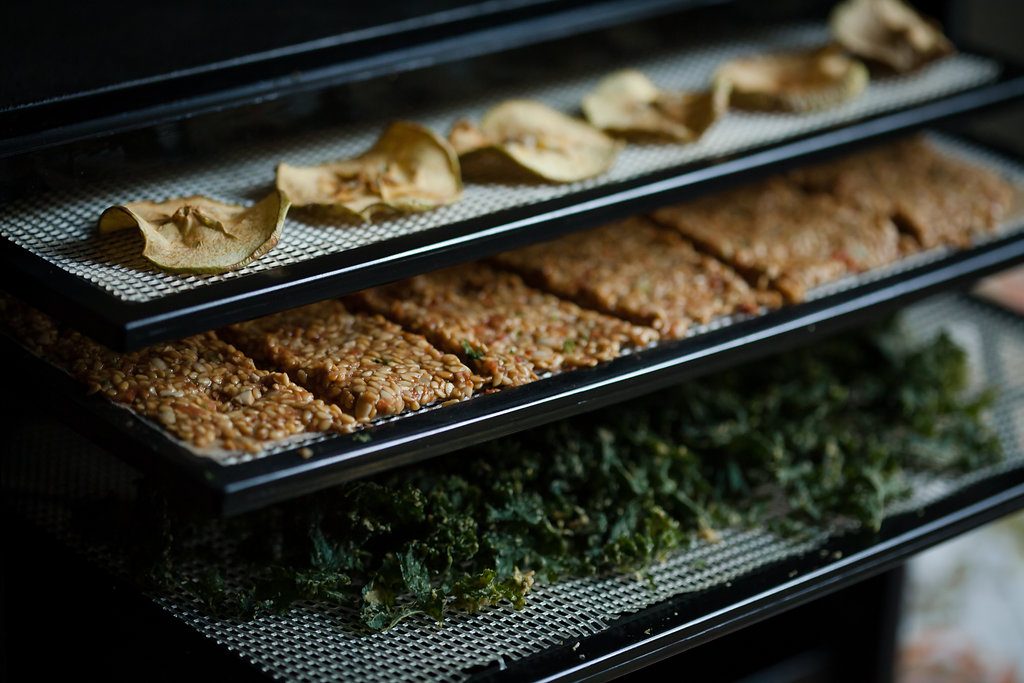
Dehydrators are a convenient, modern tool, but food can also be dried without fuss in the Florida sun.
Several years ago, after a long period of health issues, my life took a dramatic turn when I shifted my diet to be raw-food based, and I began to embrace foods intended to nourish and heal my body. At this transitional time, I referred often to a cookbook called "Raw Food Real World" as a way to learn how to incorporate more than apples and carrots into my daily routine. From this resource, I learned the value of a food dehydrator to add variety and interest to my diet.
While proponents of a raw food diet believe cooking destroys not only many of the vitamins in food but also enzymes that may be important to health, dehydrators are beneficial for preparing foods that are uncooked or cooked at low temperatures. Technically, food that reaches 118 degrees is not considered raw, as the nutritional value may diminish at higher temperatures. On a raw food diet,however, dehydrating temperatures for foods that still qualify as raw once dried are usually between 105 and 115 degrees, lower than the 135 to 150 degrees usually recommended for drying fruits and vegetables.Keep in mind that dried raw foods may take up to one-third longer drying times than called for in typical dehydration recipes.
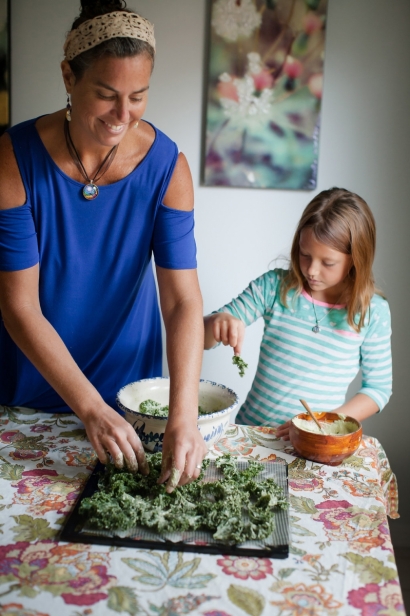

Dehydrating is an excellent approach for preserving meats and fish, as well as fruits and vegetables. Removing the moisture by drying food inhibits the growth of bacteria, yeasts and molds. It is an ancient practice, used by mankind since 12,000 B.C. Before electricity and refrigeration and especially before artificial chemical preservatives were invented, our ancestors learned how to make their food last through the year giving nourishment and sustenance.
My first experiment with dehydration came after months of eating raw vegetables and fruit. I needed something to jazz up my menu and found a recipe for raw vegan quiche. As it called for a dehydrator, which I didn't own, I determined I would use the same technique as our ancestors and let the sun bake it. I walked out into the light of day with my pie pan full of an organic nut crust covered with cheesecloth (to keep the bugs off) and placed it right in the rays of the sun. Sure enough, it worked — after about four hours in the midday sun, I had an organic, raw, vegan sun-baked pie crust.
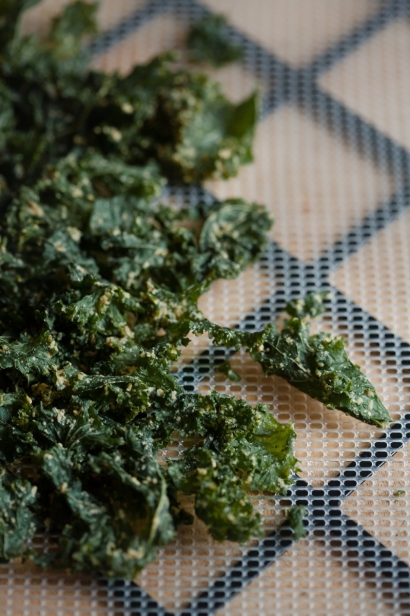


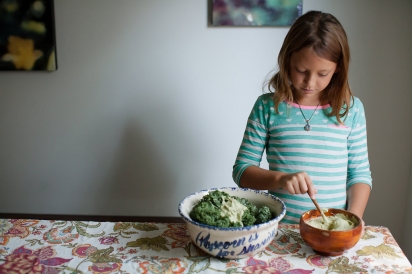
Encouraged by my initial success, I soon entered the 21st century and bought a dehydrator. My next attempt was to make maple pecan granola. This was so much better than any of the junk food I had eaten growing up! It was so easy, I was hooked, and my five-tray Excalibur dehydrator became my new best friend.
I started dehydrating everything from corn chips, pizza crusts and samosa wraps to fruit roll-ups and chips. I found preparing food with a dehydrator to be fun, delicious and nourishing. Having an 8-year-old daughter who LOVES chips, the dehydrator has become an indispensable tool. Cabbage, kale and collard chips (on a stick) have all been well-received, and it is something we can prepare together.
Dehydrating food honors our past, connects us back to the Earth and provides vital nutrients for better health. And, when we all feel better, life is just that much better to share.
Looking for a locally-made source of dehydrated foods? Check out Carrie's raw, vegan culinary creations at Shakti Life Kitchen.
ABOUT THE CONTRIBUTORS
Related Stories & Recipes
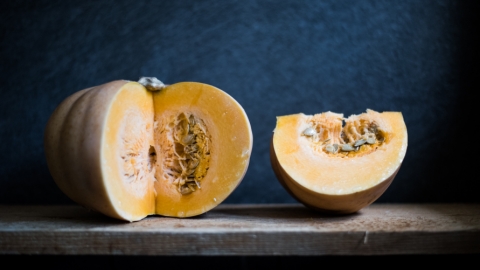
Seminole Pumpkin
Seminole Pumpkin can be used in soups, stews, pies and even mixed with leftover risotto for a light dinner entree.
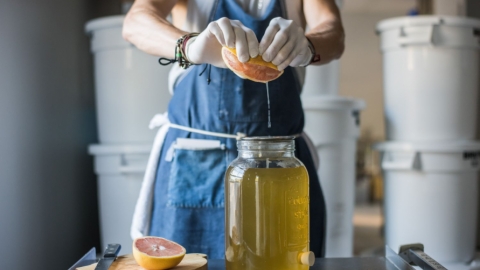
Grapefruit Kombucha
Don't be intimidated by the sight of your first scoby. Making kombucha at home is easier than you think.
You Might Also Like
Raw Food Diet Dehydrator Temperature
Source: https://ediblenortheastflorida.ediblecommunities.com/eat/thirst-dehydrating
0 Response to "Raw Food Diet Dehydrator Temperature"
Post a Comment